Think. Innovate. Sleep? Repeat.
QuadSpinner is home to a bunch of maniacs who can't sleep well unless they're pushing the boundary of the status quo.
Cynthia Najim
CEO, Co-FounderDax Pandhi
Chief Architect, Co-FounderDaniil Kamperov
Research and DevelopmentParvez Ansari
UX and Workflow DevelopmentJonathan Holmes
Community and Tech SupportMaarten Nauta
Content and MarketingSaurabh Bose
Quality AssuranceBrinky Desai
Nonprofit OutreachGaea is the industry’s leading terrain design platform for VFX, games, and virtual production.
Founded in 2008 by Dax Pandhi and Cynthia Najim near majestic Volcano Arenal, QuadSpinner is a software studio deeply in love with nature. Best known for its revolutionary geological simulation application Gaea, the company develops software that is instrumental in crafting worlds for major motion pictures, award-winning AAA games, and advanced space research.
QuadSpinner at its core represents innovation and value. The groundbreaking release of Gaea 1 in 2019 was followed by nearly 800 feature updates, 30% of which were community-inspired, affirming its commitment to user-driven advances.
With the release of Gaea 2 in 2024, QuadSpinner maintains its vanguard in delivering powerful terrain tools for radical detail, artistic control, cutting-edge erosion and color, and simplified user experience that thousands of artists deem fun.
Despite QuadSpinner’s growth, the enterprise remains a lean and agile operation, prioritizing rapid solutions over cumbersome hierarchy. The company is based in Questa, New Mexico with team members in Asia, Eastern Europe, North America, and the Middle East.
QuadSpinner is a bootstrapped business and remains fully self-sufficient.
Connect with us on LinkedIn.
Beyond our technical pursuits, acting for the greater good is at the heart of who we are. Altruism and philanthropy guide our choices. We value kindness and choose to help whenever we can.
2008
Inception at Arenal
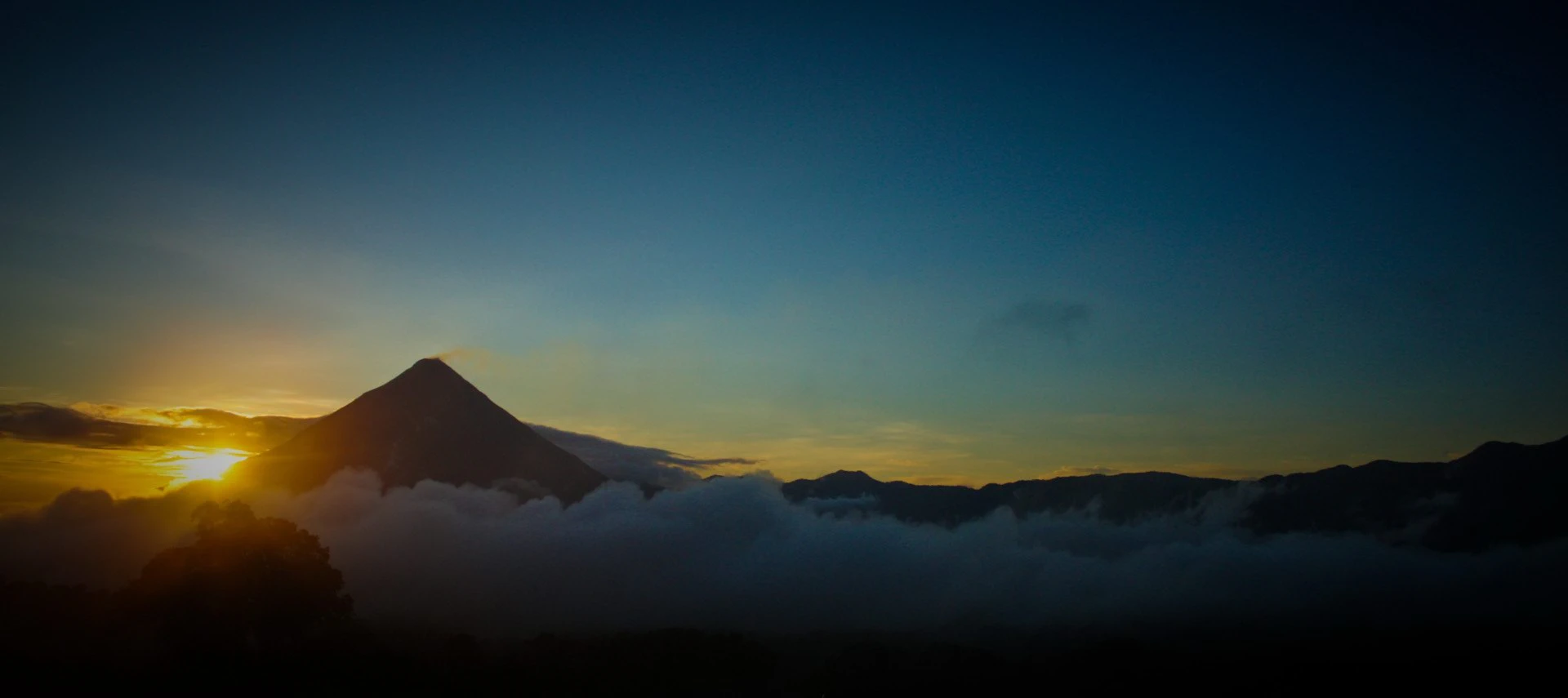
The founding of QuadSpinner was inspired by experiencing the lush rainforests of Costa Rica and a variety of active volcanoes at close range, especially our beloved Volcano Arenal. We began to create artist-friendly tools, scenes, and video tutorials for aspiring CG artists who primarily worked in e-on software's Vue. Our drive became our tagline, "Breathing Life into Nature."
2009
Expedition Through the U.S. Southwest
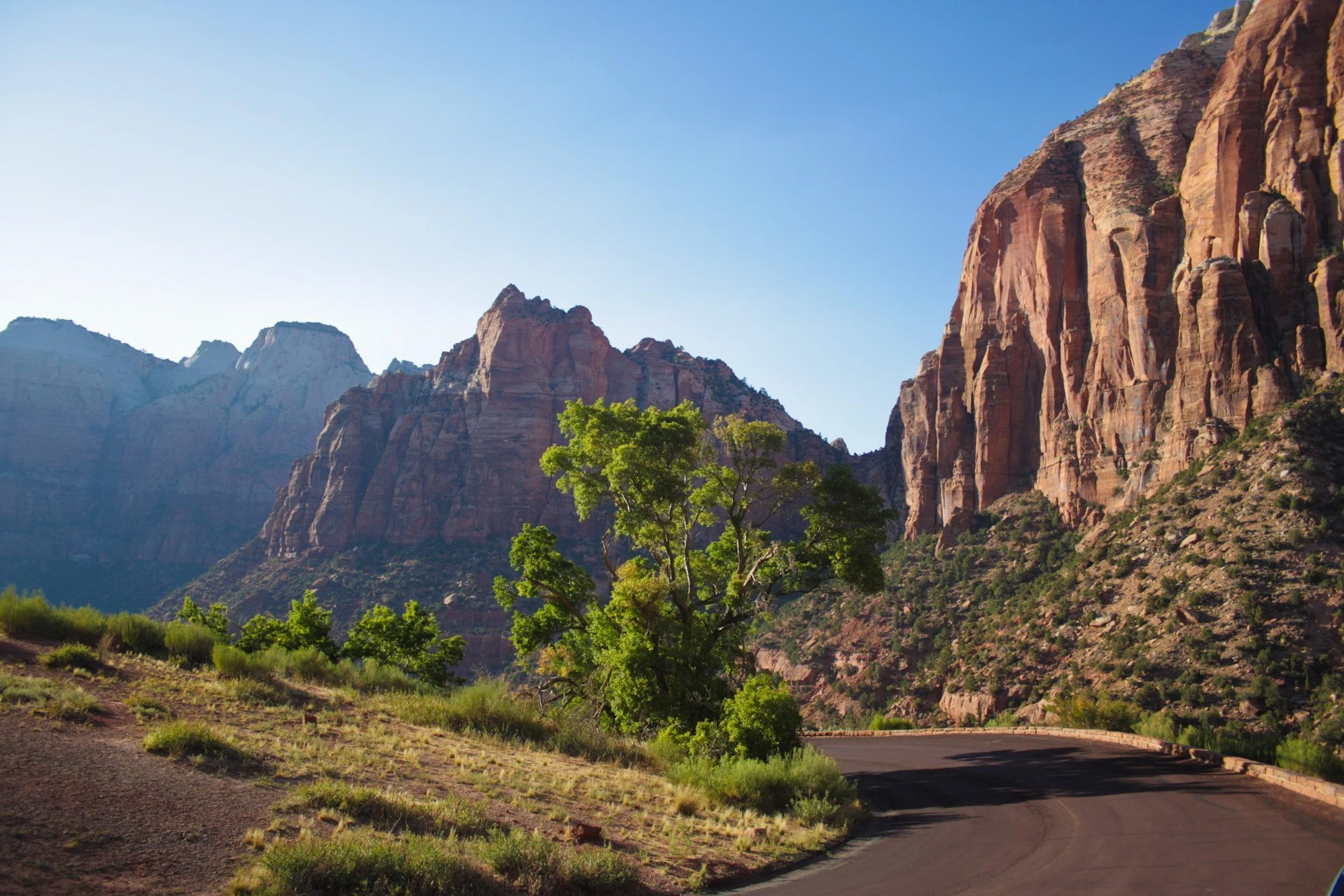
After our first SIGGRAPH event in New Orleans, the co-founders flew to Scottsdale, Arizona and set out in a Chevy Silverado for a month-long spin through the Southwest. Fractals, hoodoos, erosion in all its fabulous forms (stratification, talus, and the exquisite coloration) emerged as prominent foci for our future offerings, such as the popular HyperTerrains and GeoColor.
2010
Studying Limestone in the Maltese Archipelago
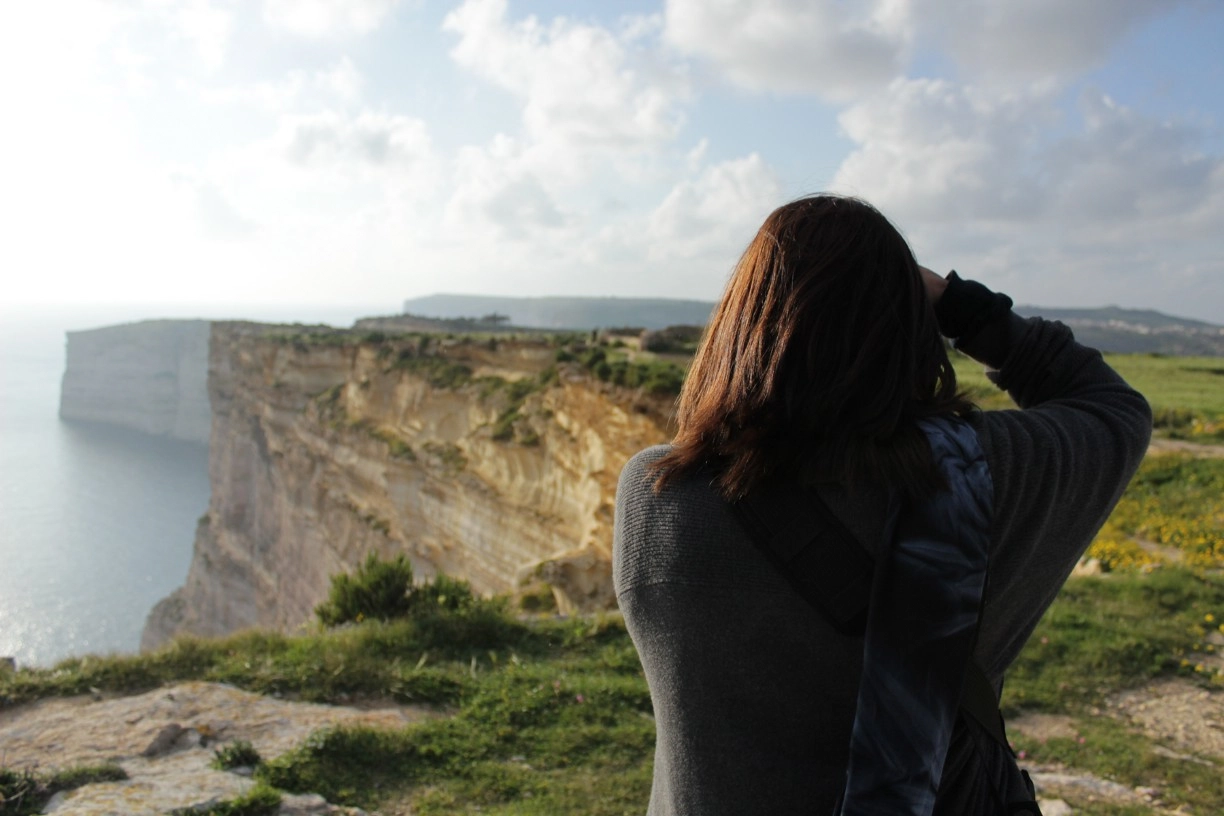
We spent some time on Malta and Gozo gaining a richer understanding of large-scale formations and cliffs by the sea. Knowledge acquired on this expedition laid a new foundation for future terrain tools.
2011
Master Class in Los Angeles
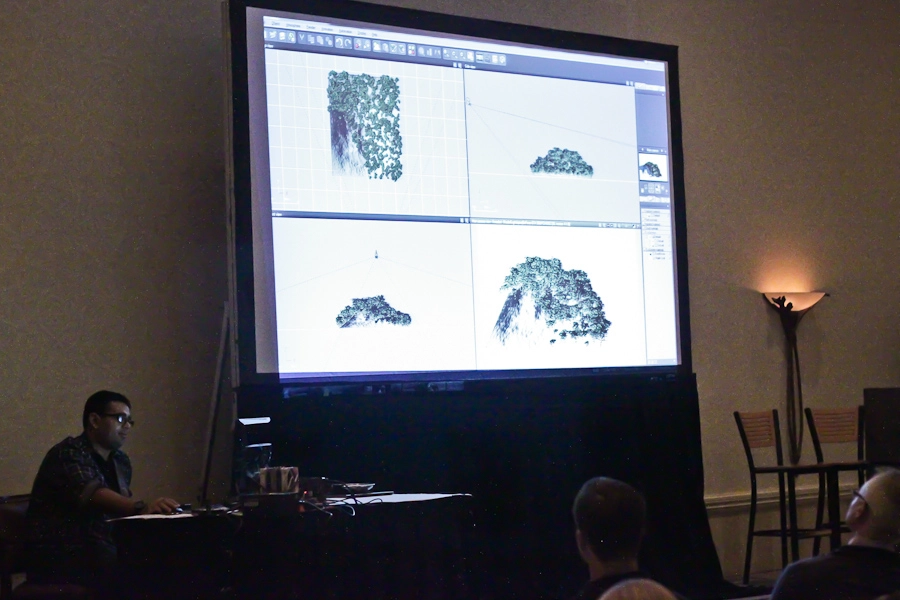
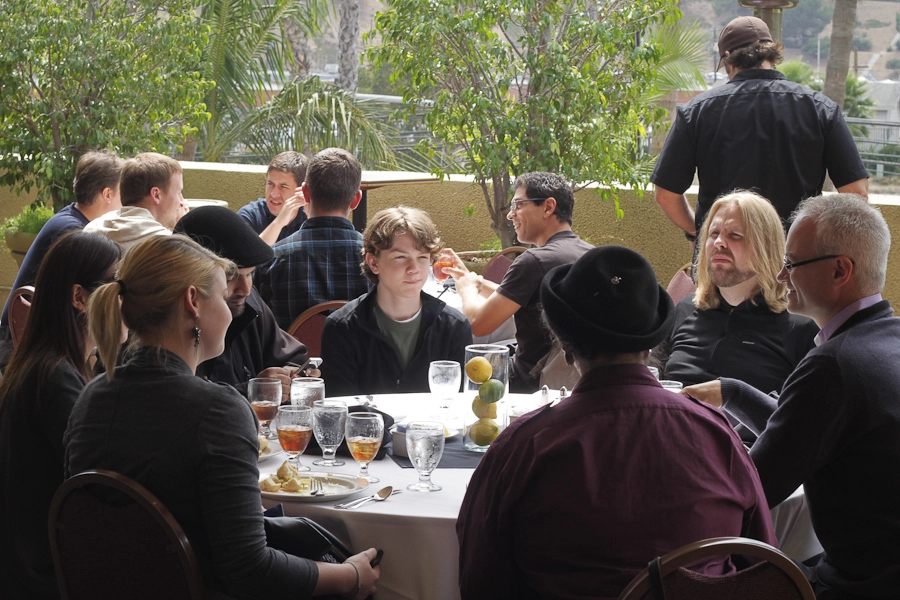
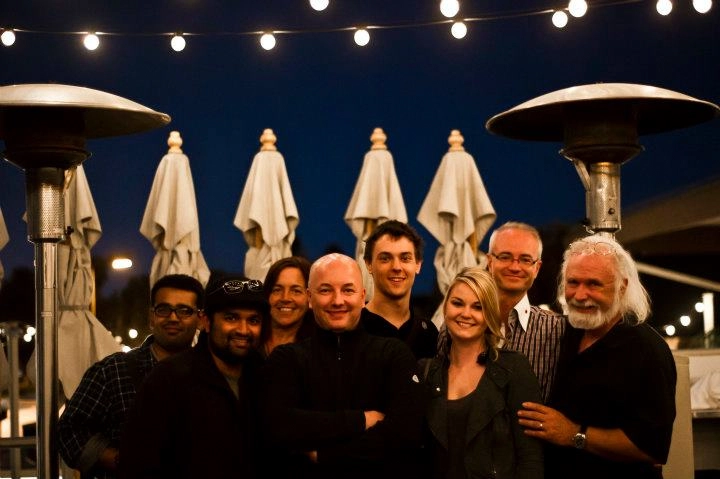
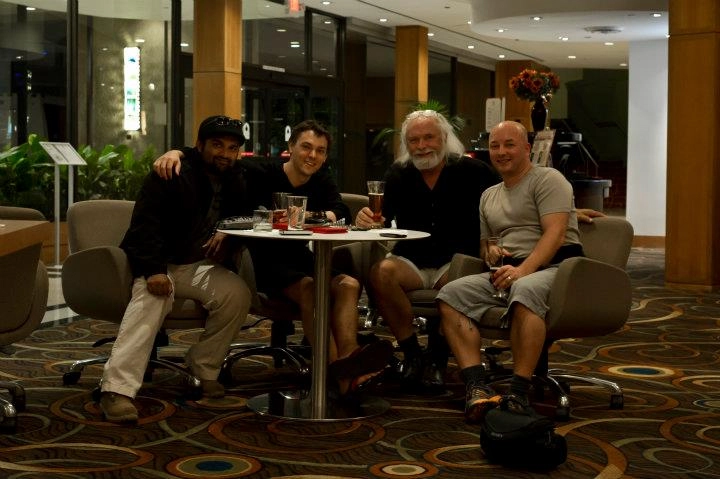
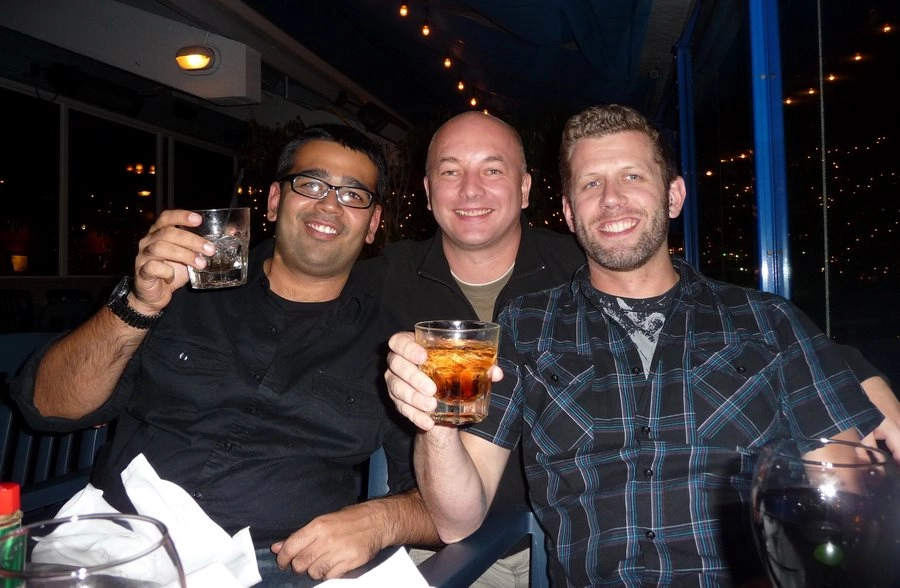
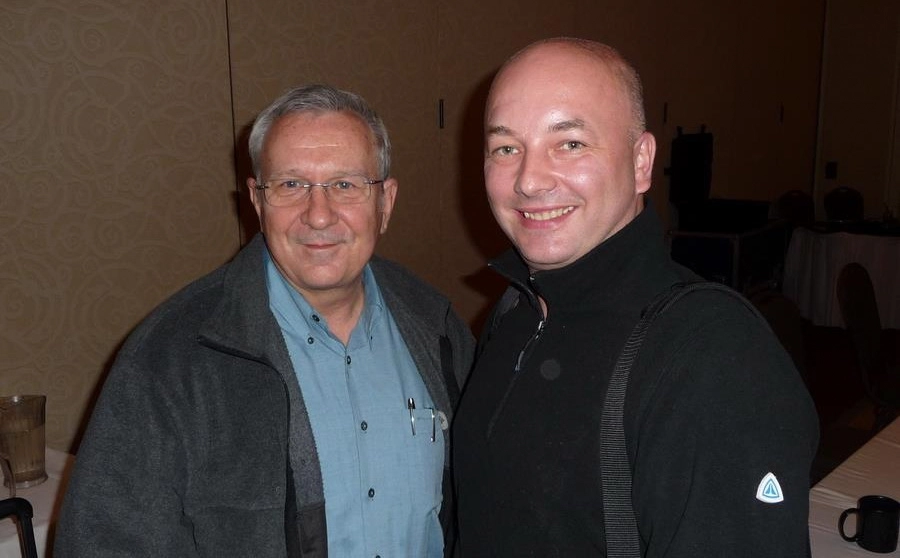
Increased industry interest in our products gave us a boost to a bigger stage. We took a risk, booked a conference venue in Culver City, and put the word out. The response was validating. Veteran artists from top studios, as well as up-and-coming talent attended this full-day training - including the entire matte painting department of DreamWorks. In our collaborative manner, we also hosted the CEO of e-on software and the founder of World Machine.
2012
Helios
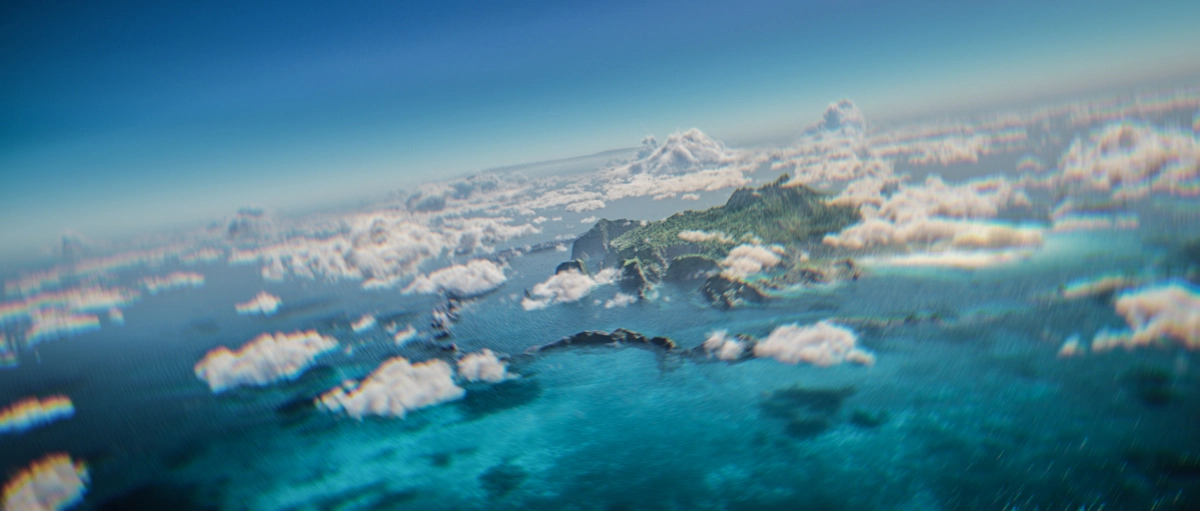
Shifting our sights skyward, we launched Helios, a VFX-oriented atmospheric design toolset for Vue. Our early streamlined UI and feature conveniences were a draw. Users could create ultra-detailed skies in a procedural workflow with friendly sliders. Entry-level edition SkyBuilder introduced intuitive base tools that reinforced the importance of lighting.
2014
GeoGlyph
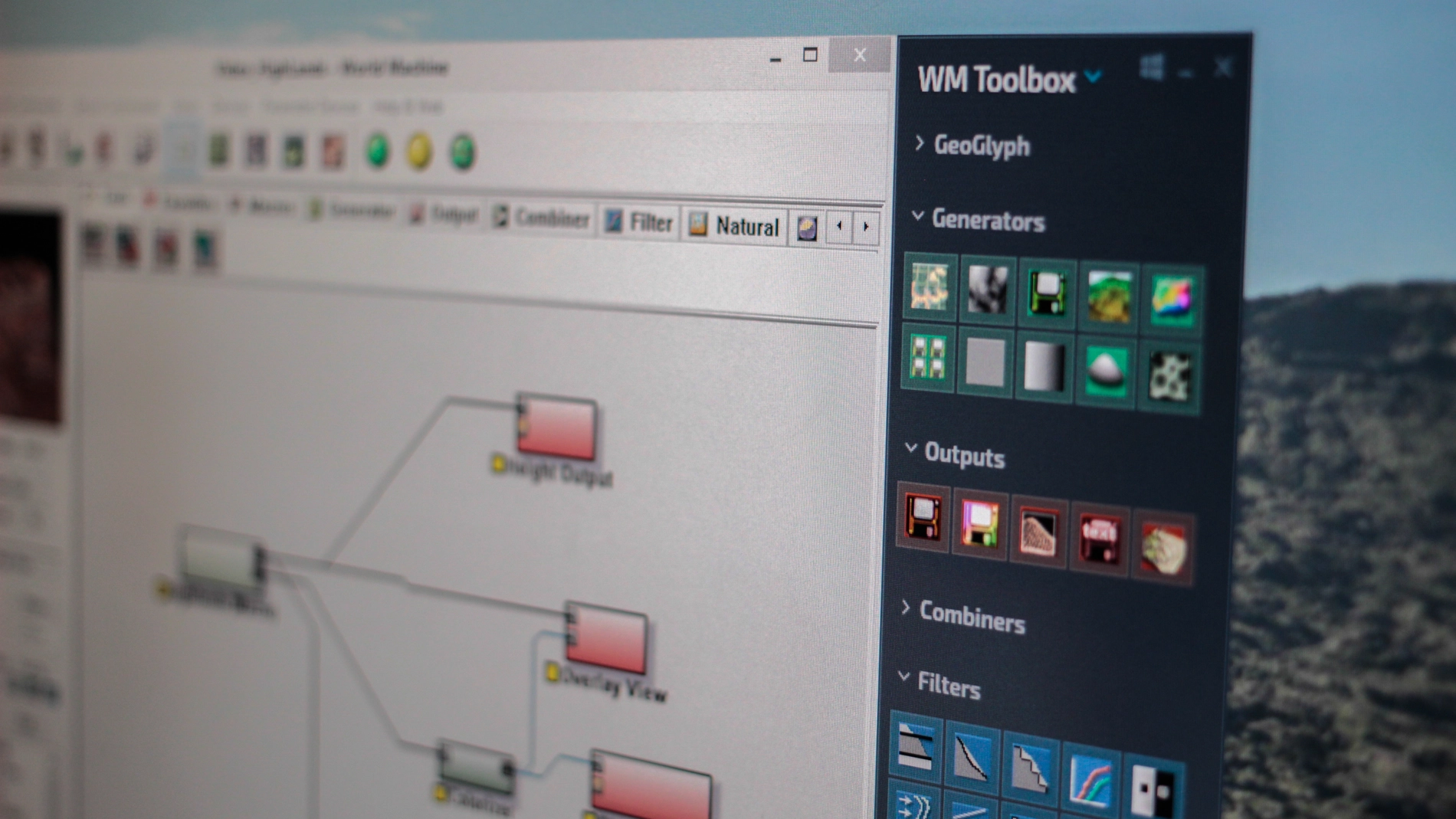
The development and release of GeoGlyph, QuadSpinner’s plugin for World Machine, stemmed from direct feedback from studio clients regarding World Machine. 1) They needed an easier, faster way to create realistic terrains, and 2) they longed for the efficiency, convenience, and visual boost of a modern design interface. GeoGlyph accomplished both goals through its powerful macro-based graphs and the Integrated Design Environment (IDE). Almost everything in the application evolved from artist challenges that we had to suddenly create solutions for, which then were adapted for more general use.
2014
Sponsors of Mundos Digitales
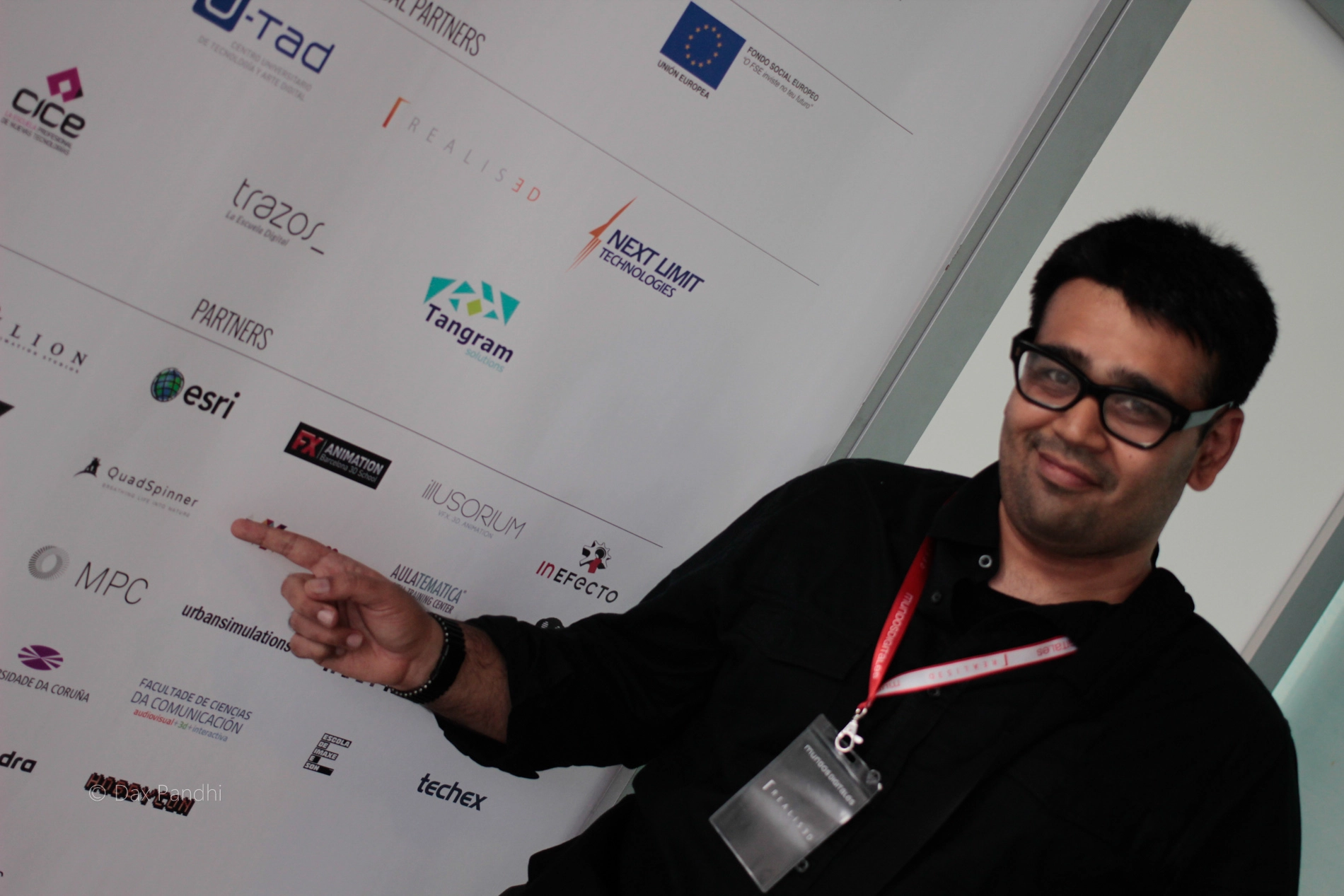
We sponsored the annual Mundos Digitales in A Coruña, Spain, where we showcased the GeoGlyph toolset. We of course took a detour along the Galician coast to study the amazing rock formations, including Playa de las Catedrales on the Cantabrian Sea.
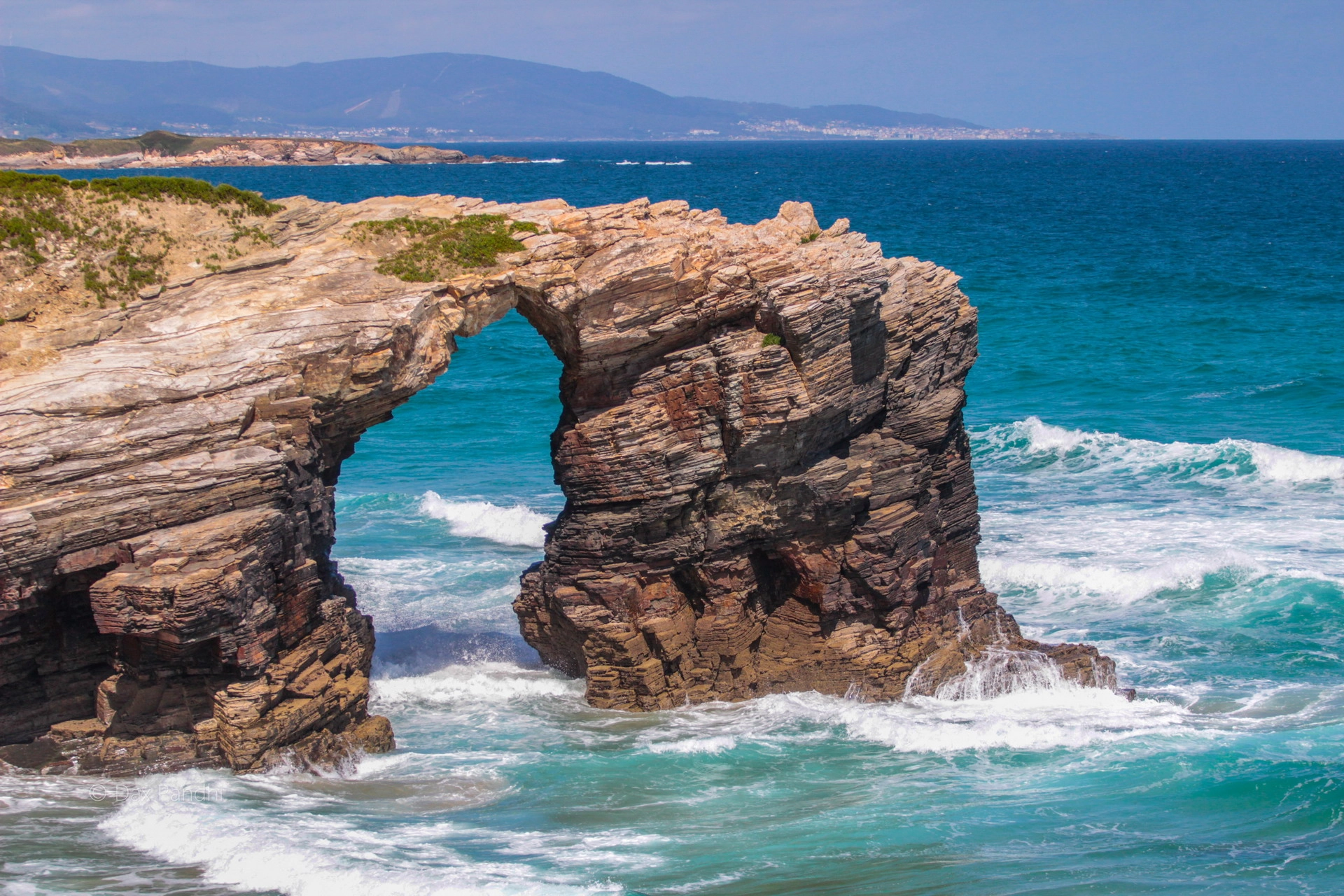
2015
Mountains and Glaciers in the U.S. Pacific Northwest
We jumped on the opportunity to visit Mt. Ranier. This up-close visit gave us an invaluable look at the flow and ice build-up on rock and in crevices. This research fed the Glacier node which we released in Gaea.
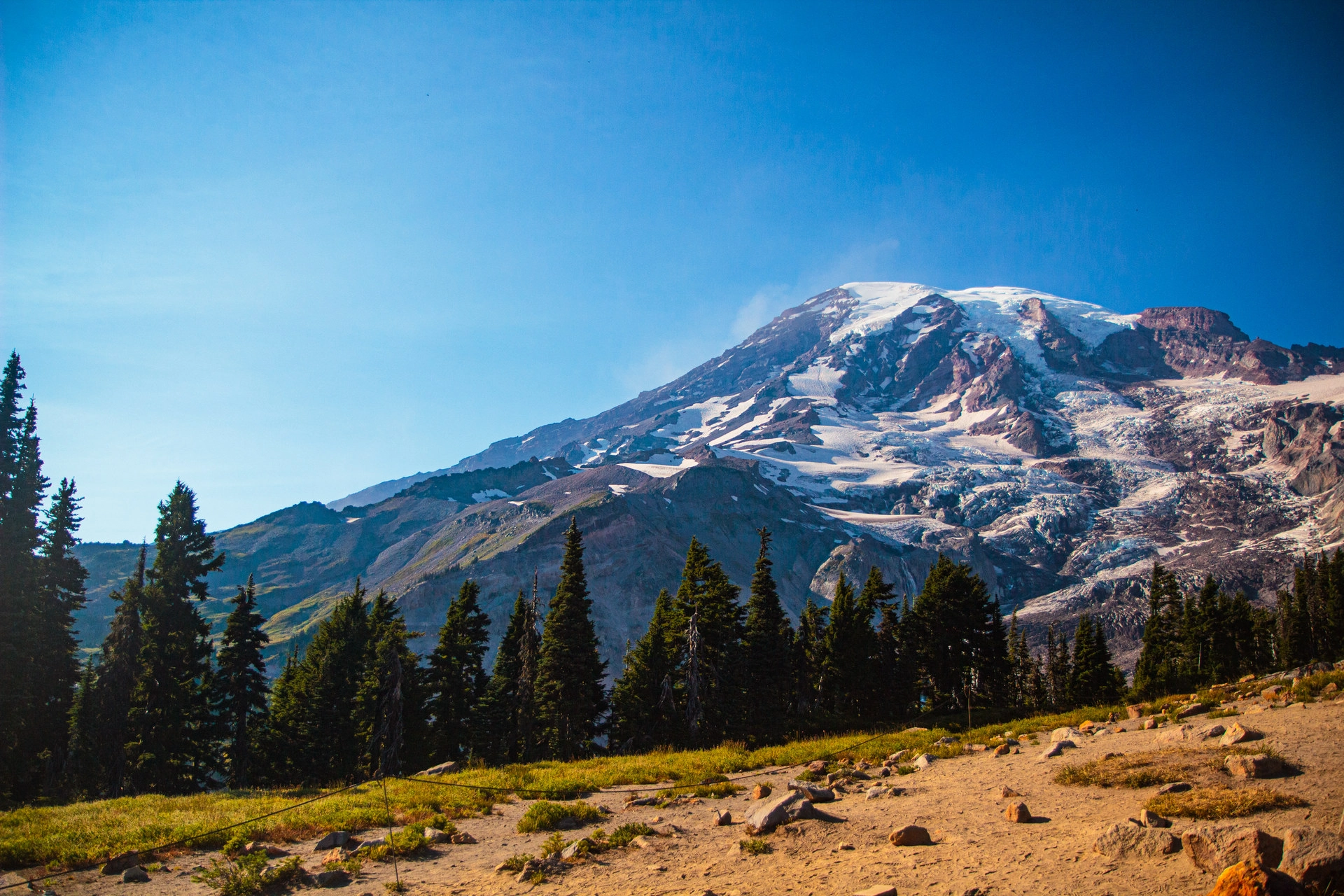
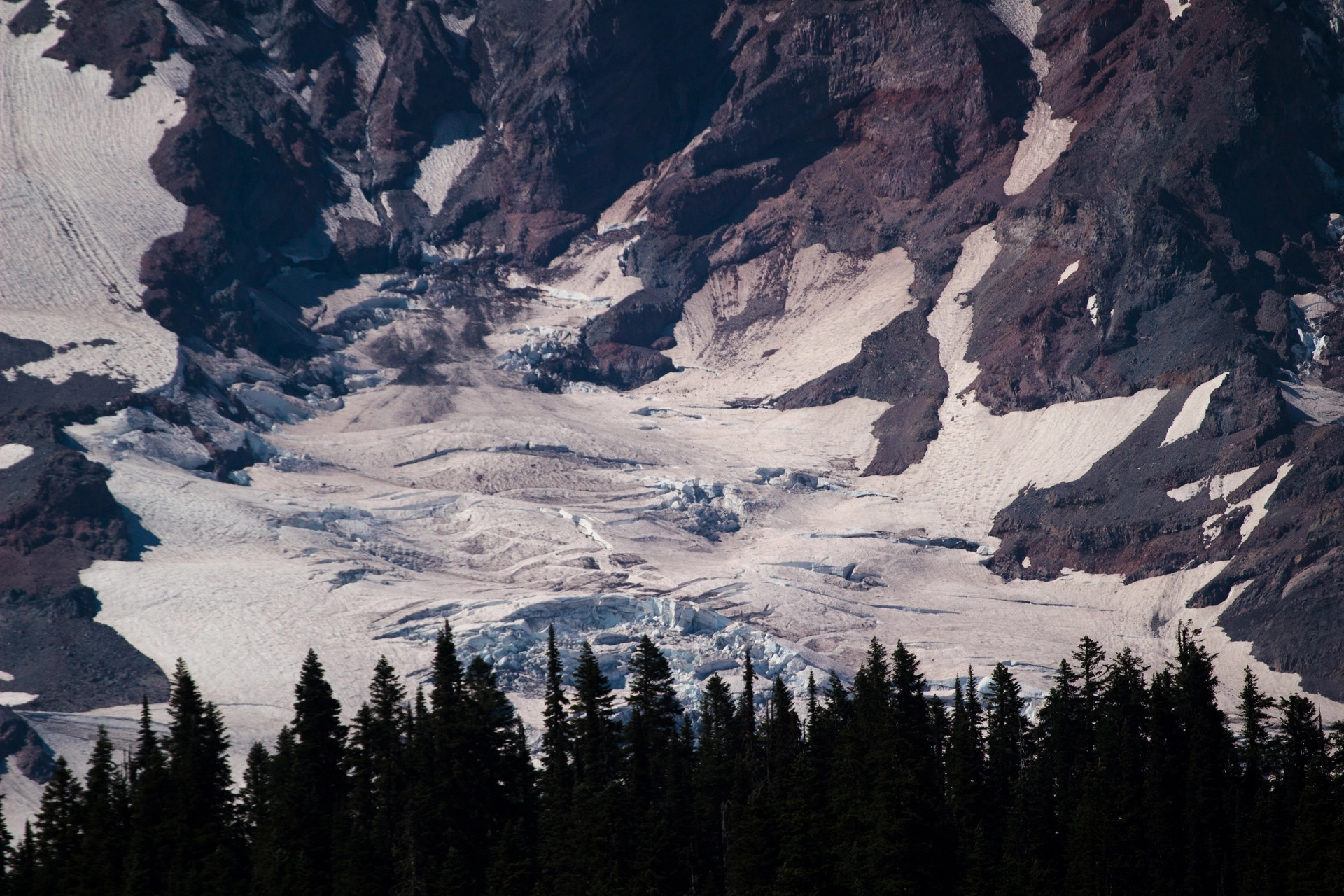
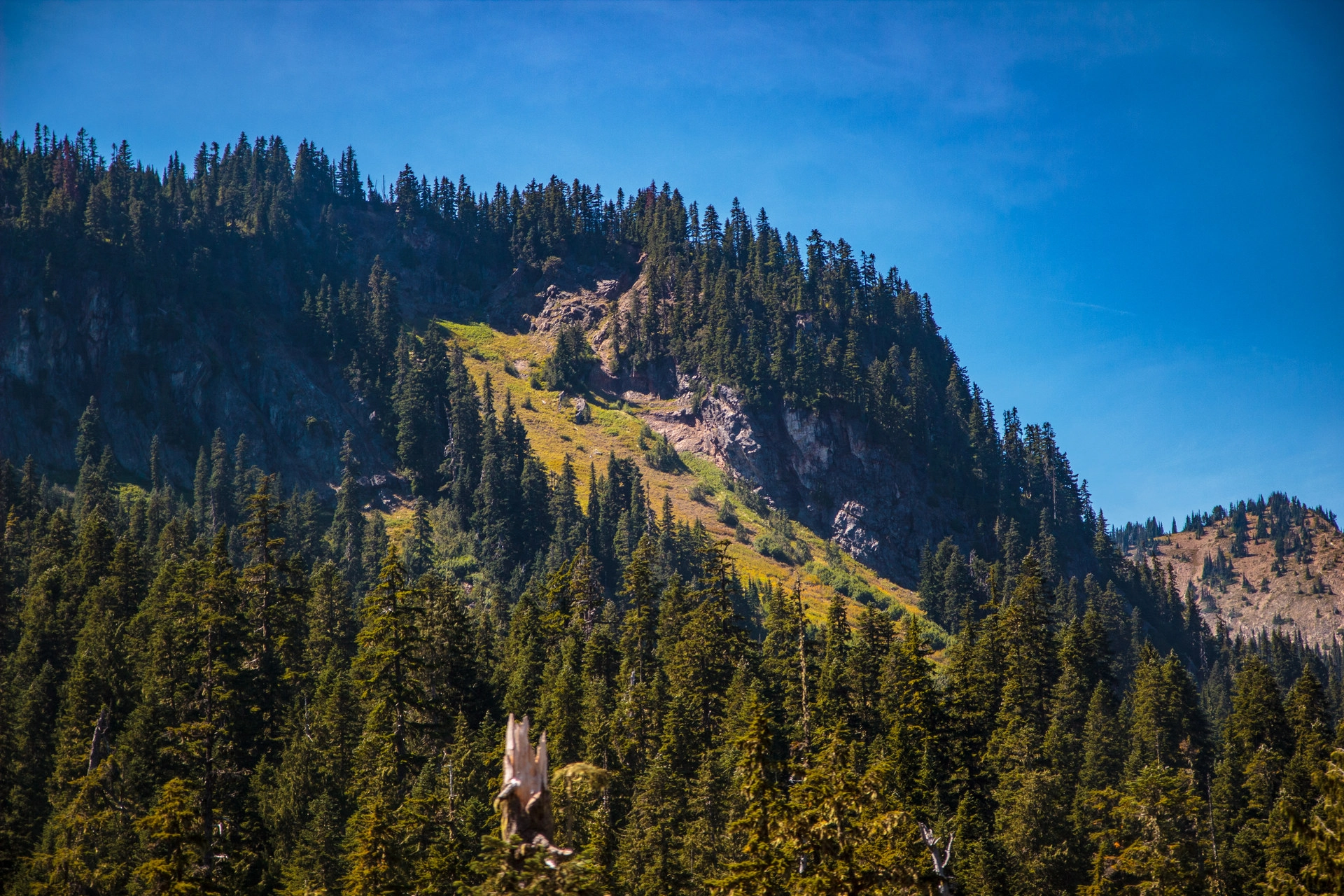
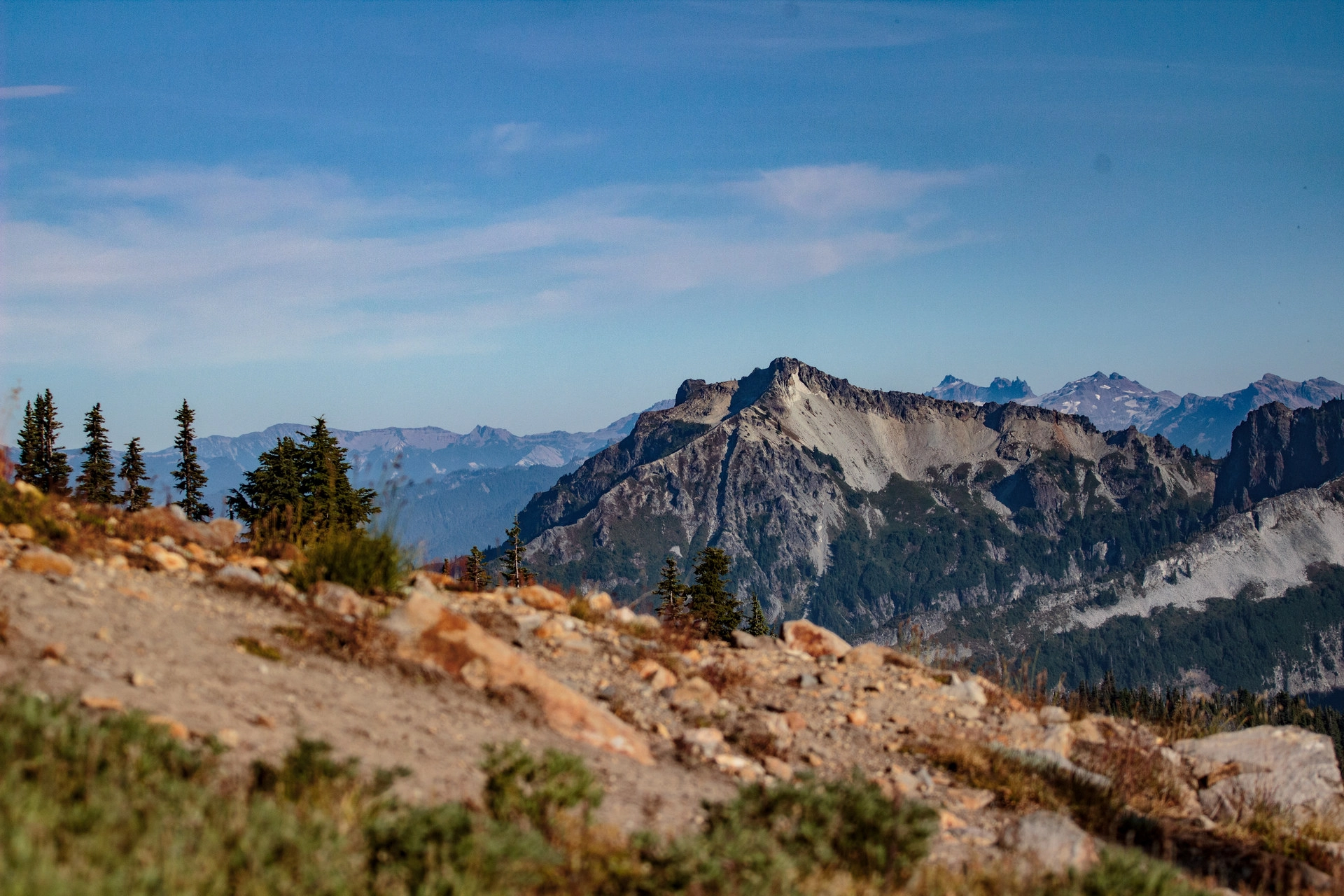
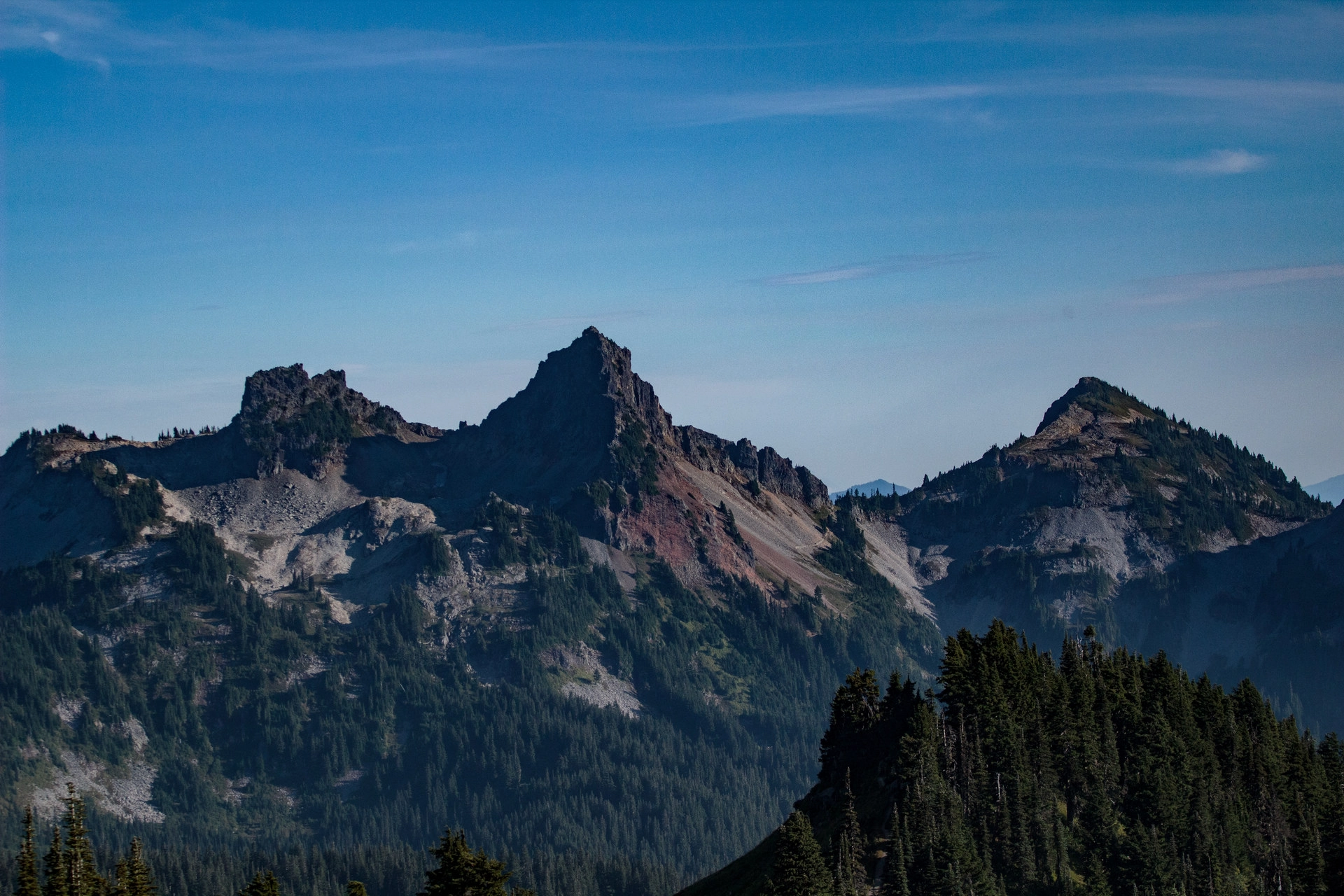
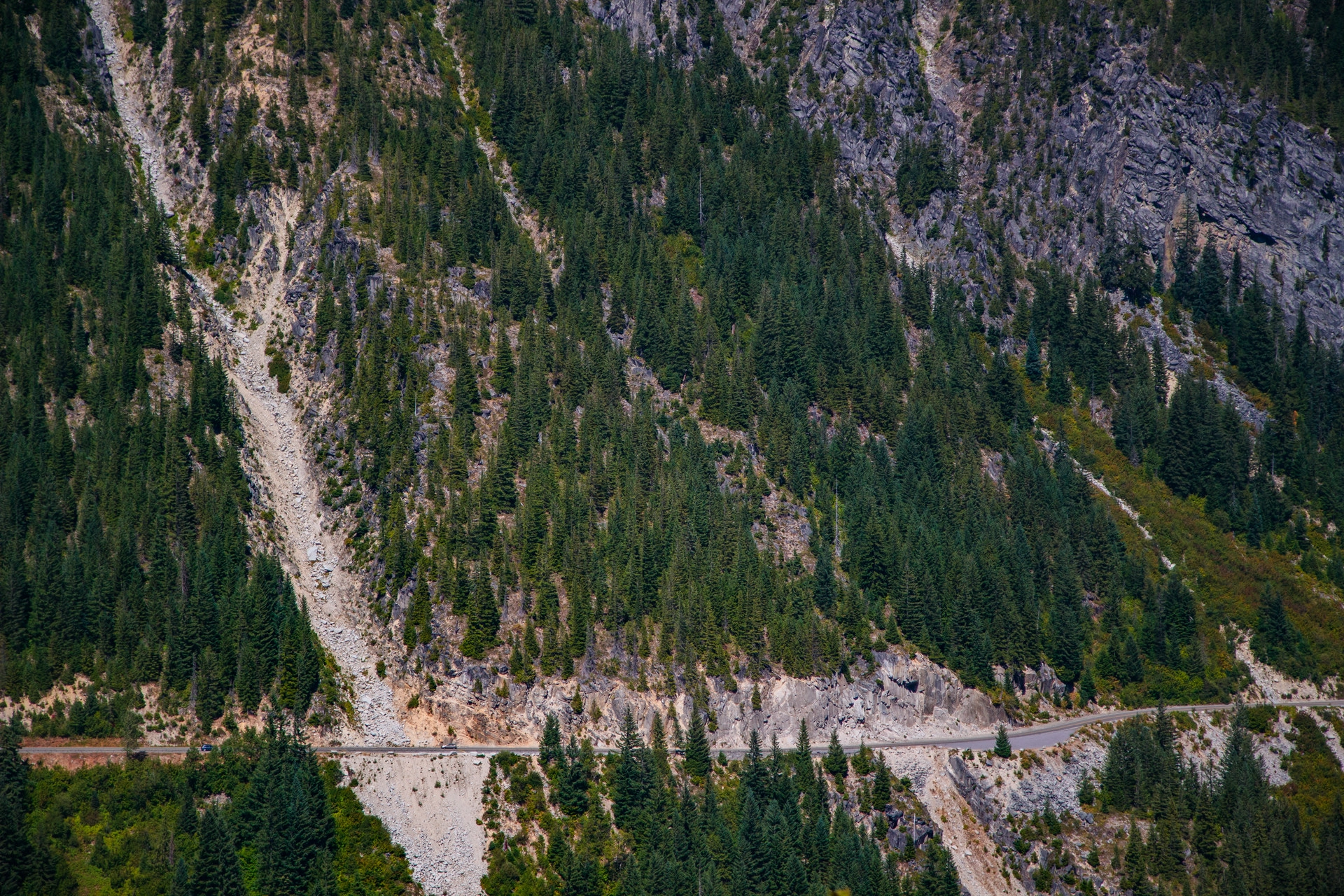
2016
GeoGlyph 2
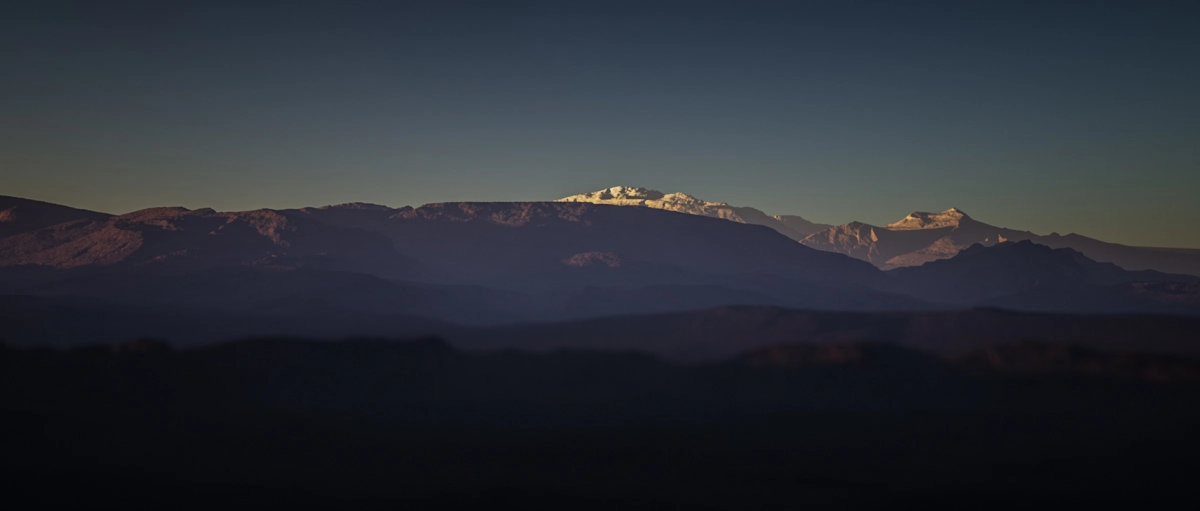
The plugin’s second generation, GeoGlyph2, was powered by our own standalone render engine that worked primarily with heightfields. We added new forms of erosion, better filters, and a new revitalized UI. The potent Erosion effects - Stratifier, SandBlast, and RiverErosion - were the new engine’s driving forces in making a clear departure from the recognizable hydraulic erosion which was the industry standard at that time. Color production tool GeoColor became another innovative benchmark. It could take a photograph and generate color patterns for the terrain texture while following the look up mask provided by the user.
2017
Revealing the "TOR Platform"
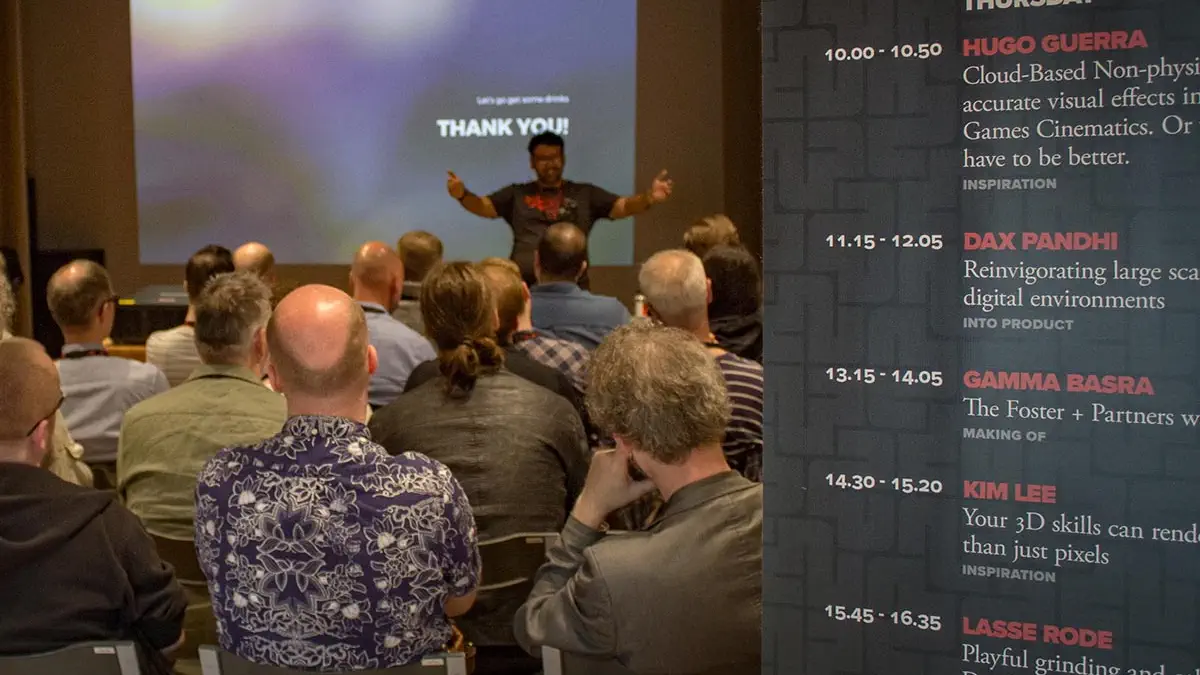
Tech Lead and UI/UX veteran Dax Pandhi revealed the “TOR Platform” to industry veterans at the End User Event (EUE) in Utrecht, the Netherlands. The TOR Platform (former codename for the Gaea interface and workflows) announced QuadSpinner’s core tenet: to have our software not just create art, but to be art. We wanted Gaea to be a joy to work in. Beyond designing for visual elegance, we want our UI and UX to signal our respect for our users and for the software itself.
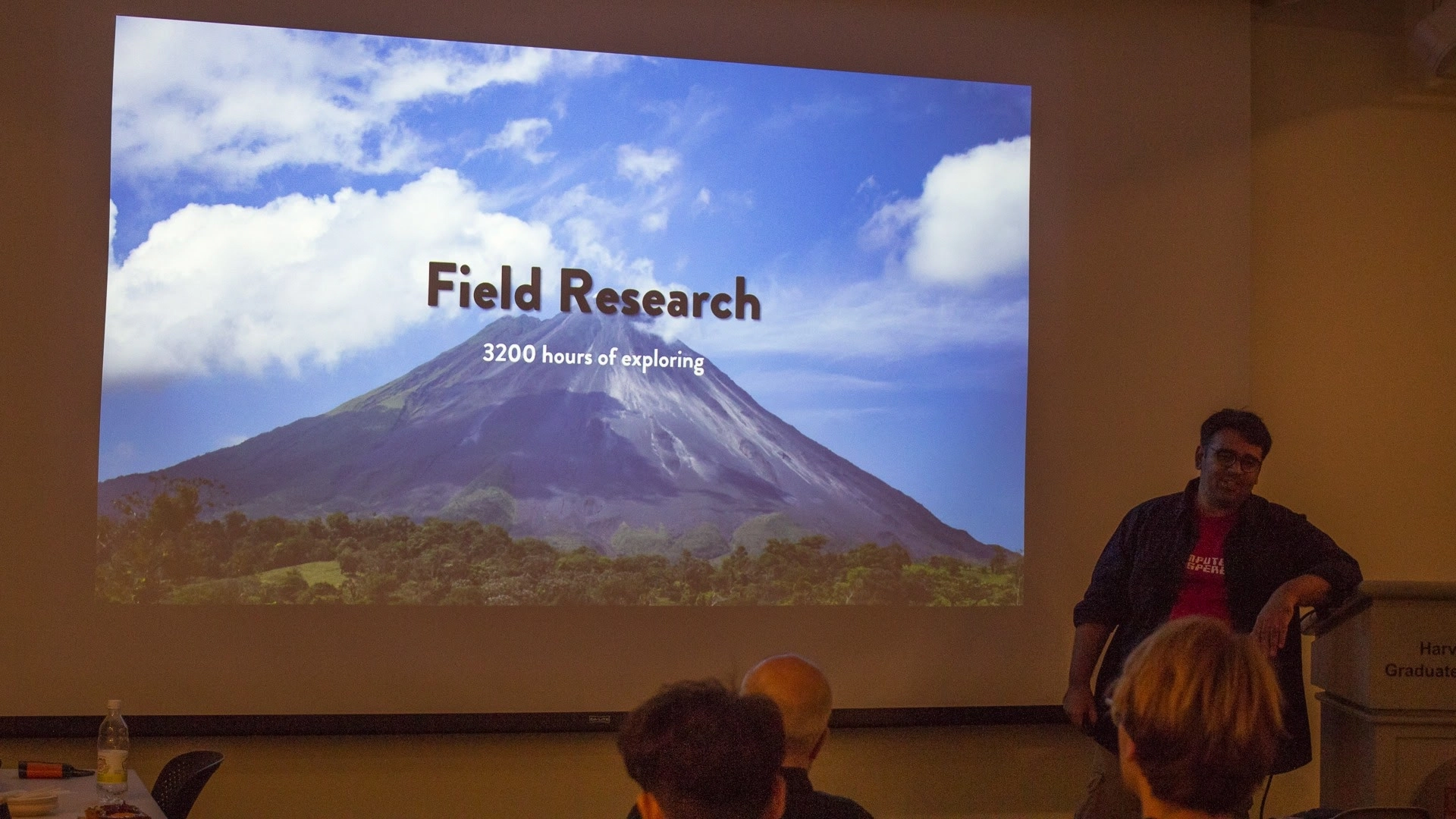
We were invited to present Gaea and the TOR Platform to the Harvard University School of Design.
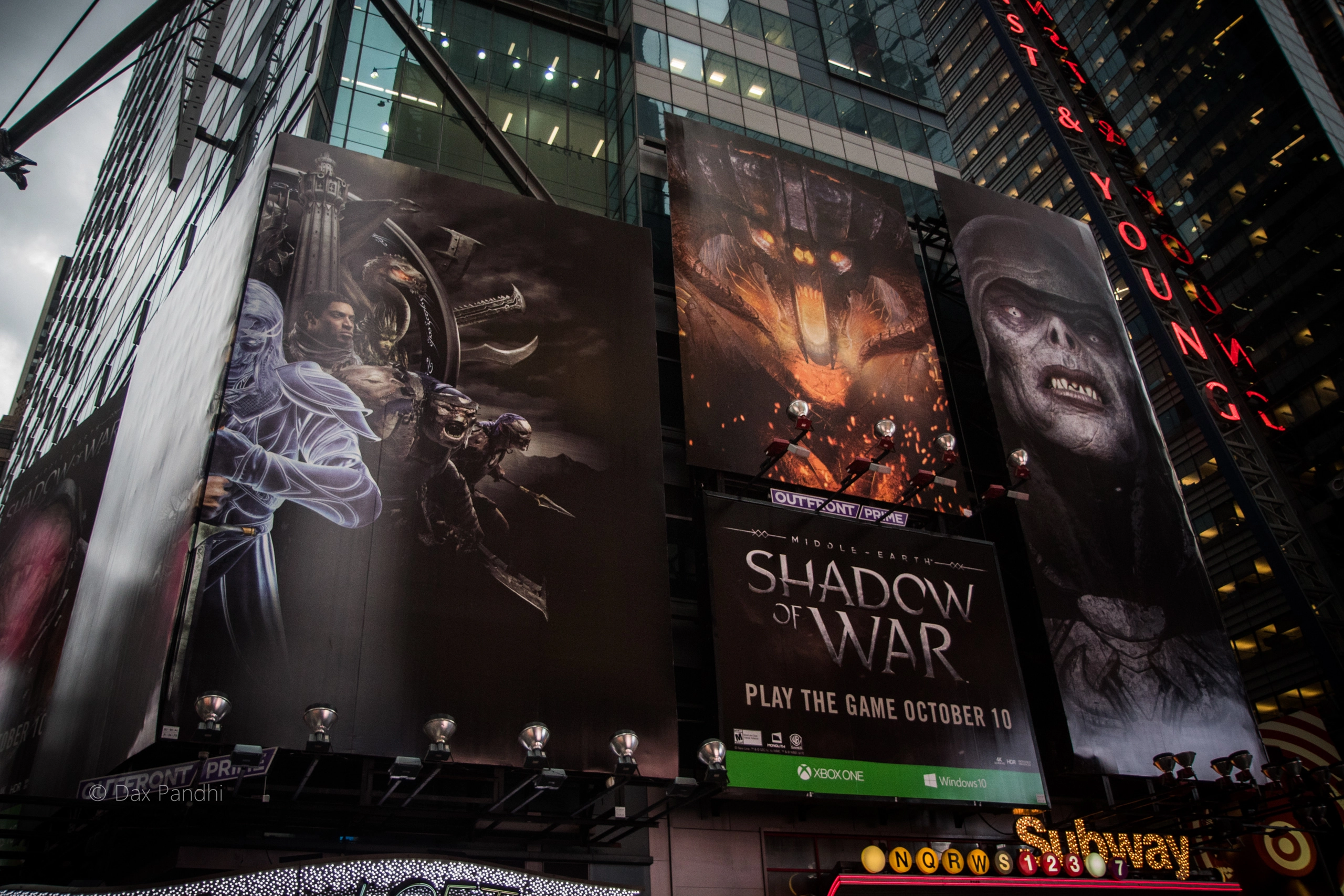
An exciting moment to see an ad for a game that we contributed to on prominent display in New York City’s Times Square!
2018
Gaea 1.0 release
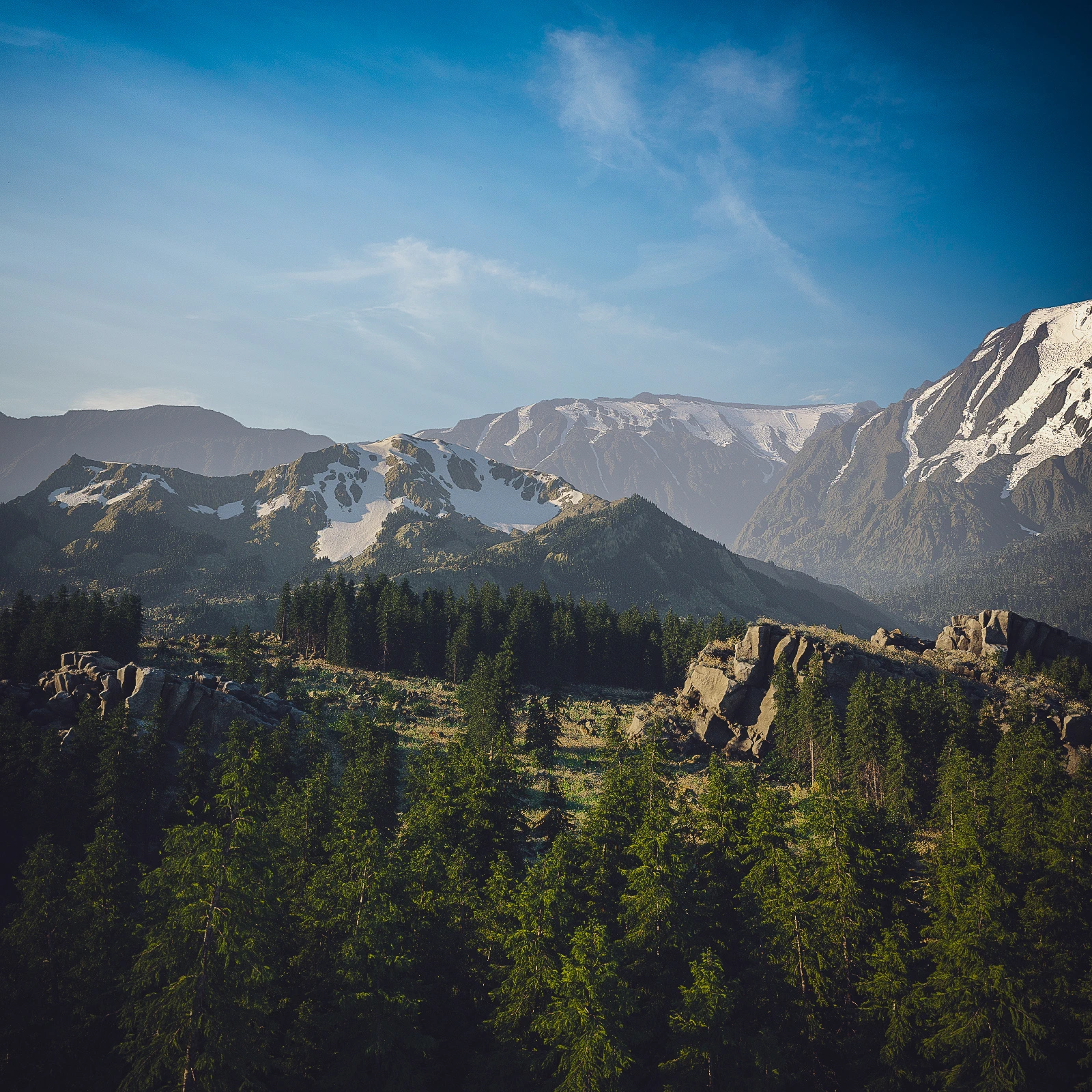
We celebrated the milestone launch of Gaea 1.0, the first version of our standalone terrain design software. Gaea was designed to be a complete terrain design solution - with a focus on artistic control, procedural workflows, and high-quality output. The software was built from the ground up to be artist-friendly, with a modern, intuitive interface and powerful tools to produce realistic terrains. Gaea quickly gained a following among artists and studios, and is used to create terrains for a wide range of high-profile projects - from major films to games and even space research.
2020
The Pandemic
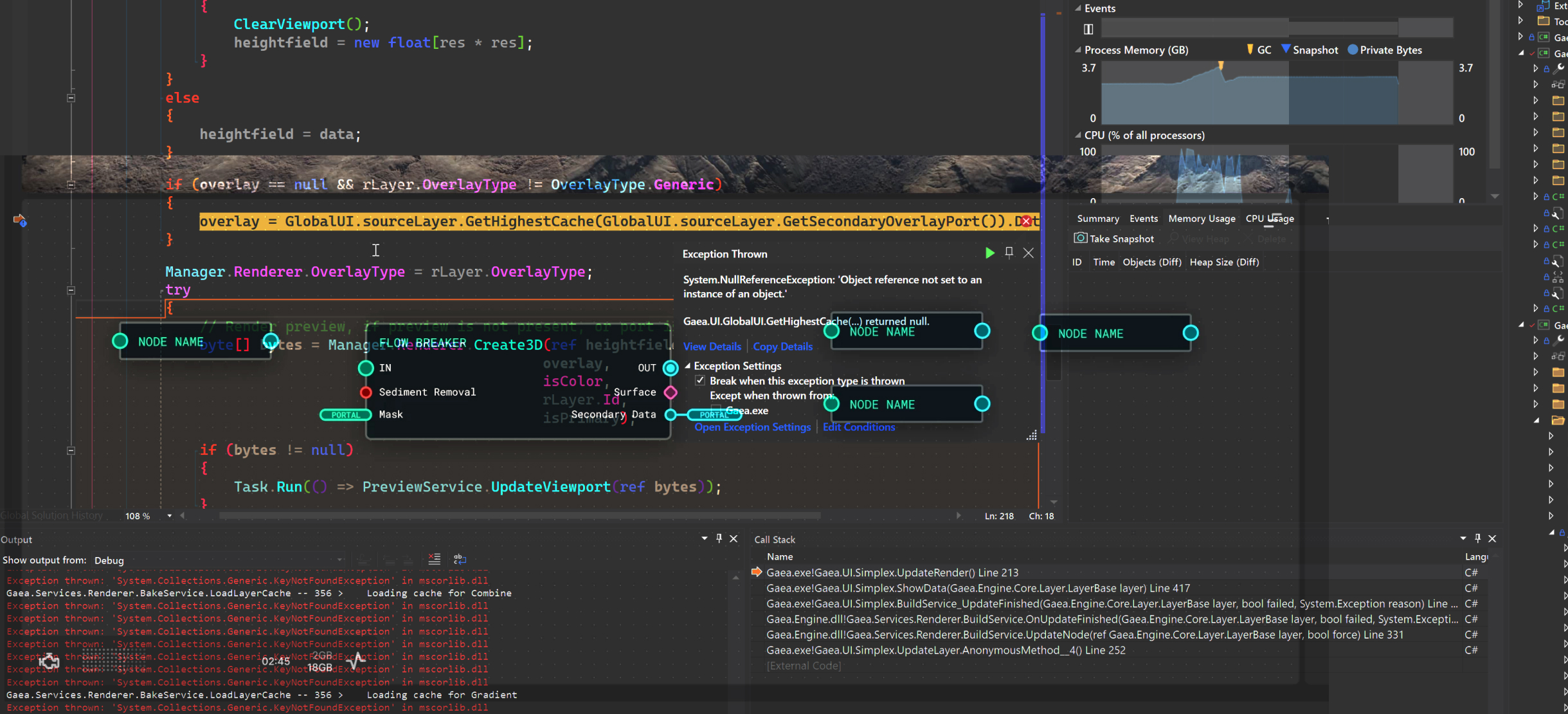
The global pandemic delayed the production of Gaea 2.0 significantly. However, it also gave us an opportunity to not just add new features, but to take everything we learned in the past 2 years and rebuild the software from the ground up. We wanted the software to be future friendly. We were able to make the core run on cutting-edge technology, and invent new ways of processing shapes while managing memory efficiently.
2021-2022
Planning Gaea 2.0
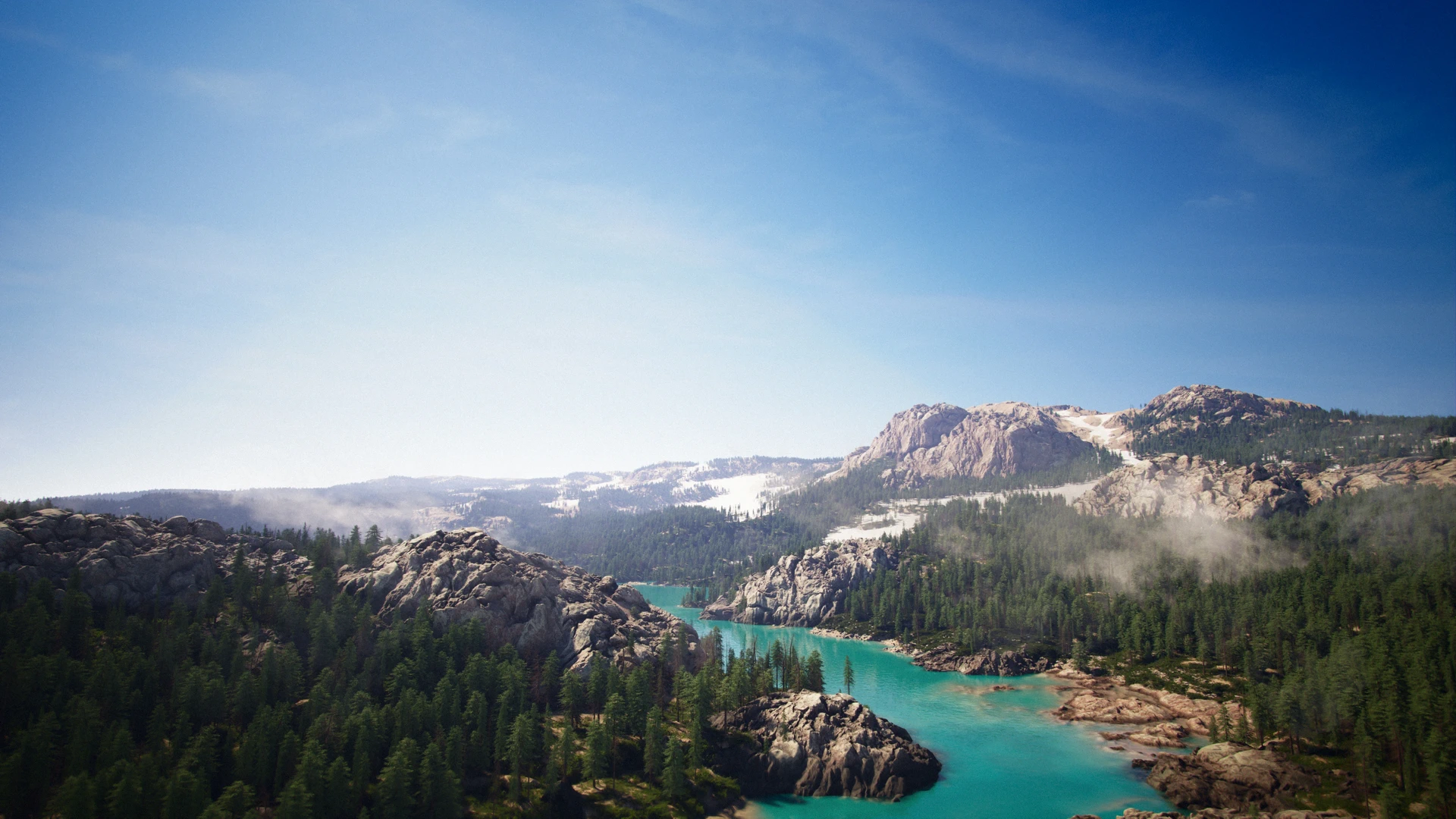
During this time, we also backported a lot of things we had planned for Gaea 2.0 into Gaea 1.0. In many ways, Gaea 1.3 was the essence of what Gaea 2.0 was going to be. And now Gaea 2.0 was going to leap ahead and be even bigger!
2023
Gaea 2.0 enters Early Access
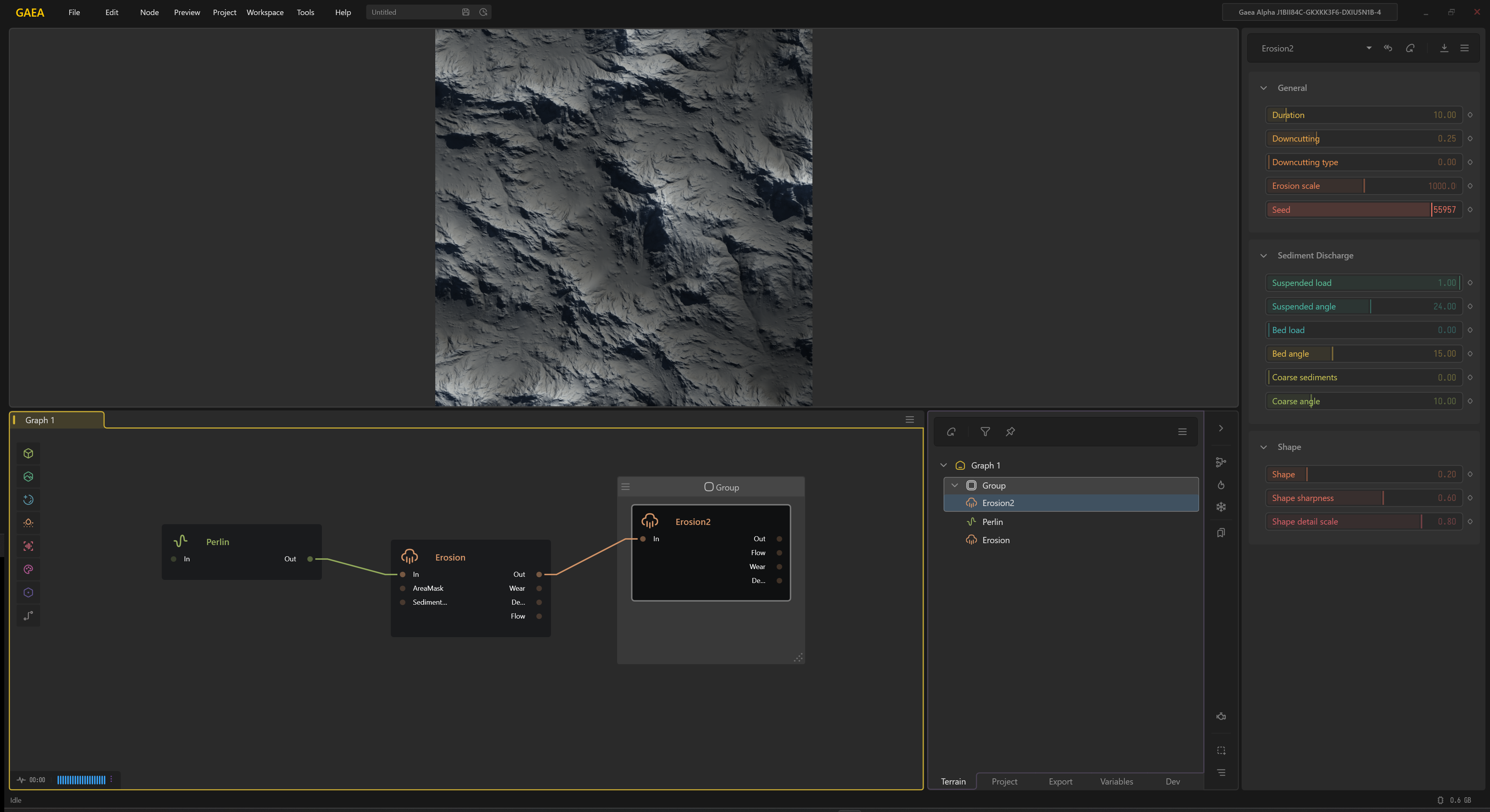
After rewriting the entire application from scratch and integrating over 6 years of user feedback, we were eager to release the Early Access Preview of Gaea 2.0.
2024
Official Release of Gaea 2.0

The second major release of Gaea began a new cycle for QuadSpinner. Our investment in the architecture overhaul put us in a solid position to innovate faster and deliver more features and improvements to our users. Gaea 2.0 was a major jump forward in performance, features, and user experience. It was built to be the ultimate terrain design tool for artists and studios, with a focus on cutting-edge technology, artistic control, and ease of use. The release was met with great enthusiasm from our users and community. As ever, we continue to work on improving and expanding the software.
2025
Our Sights on the Next Big Thing
Terrain tools have come a long way since the GeoGlyph days, but there are still many unexplored paths that are beckoning. We are always keen to iterate existing tools and technologies, but we are also making a crusade into the unknown to invent new ways for all of us to create terrains. Dare we say: We want to change the frequency of CG terrains.
Throughout our entire evolution, we could not be where we are today without you – our loyal users, vibrant communities, and evangelists. We invite you to join us for this wild ride into the future, as we continue to challenge the status quo, break boundaries, and establish new paradigms for breathing life into digital nature.
Stay tuned to see what unfolds...